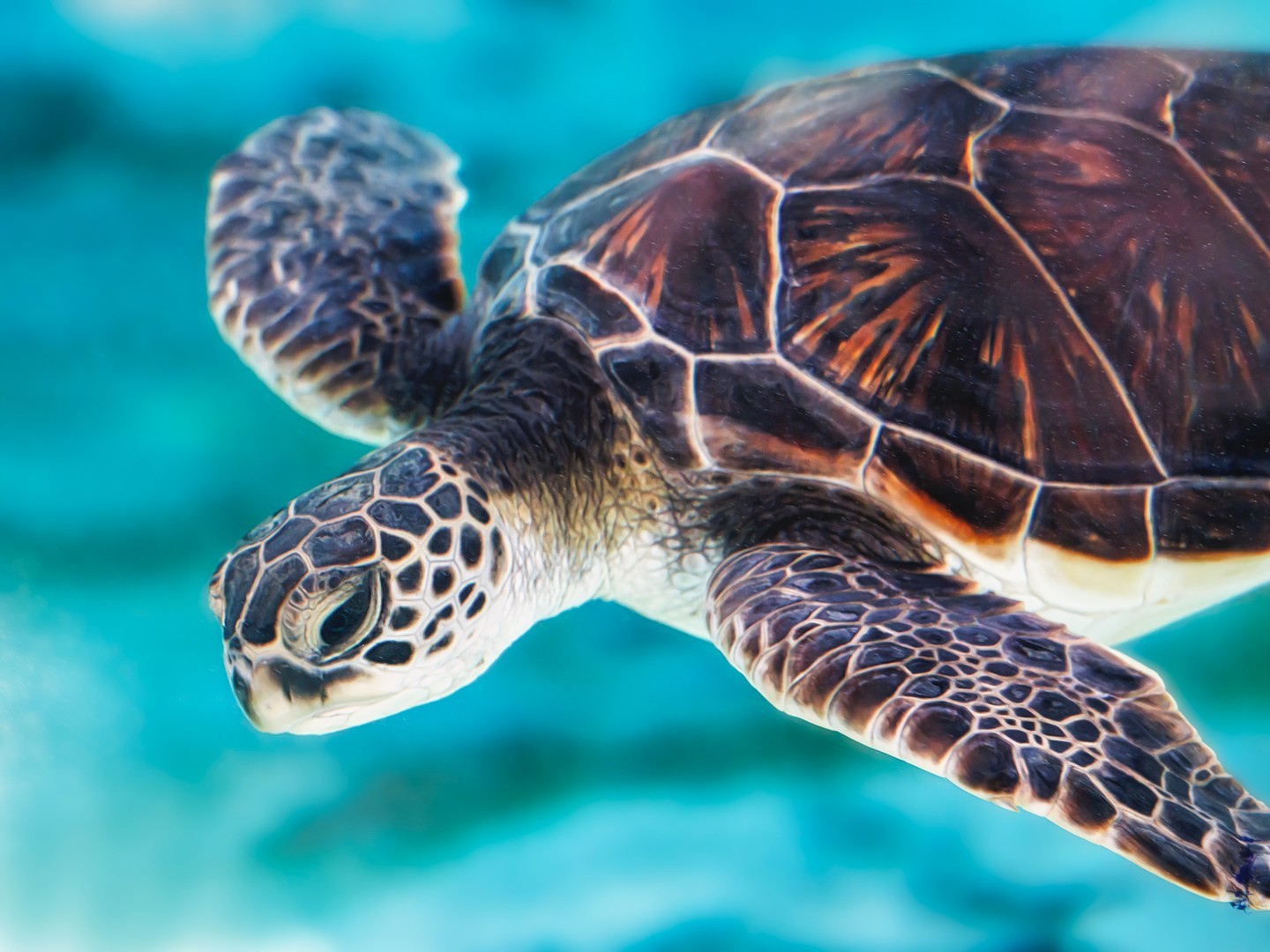– The recent rescue and rehabilitation of an endangered green sea turtle near Avila Beach, California, by The Marine Mammal Center’s San Luis Obispo Operations.
– Expert veterinary care and animal husbandry were provided by the Aquarium of the Pacific staff, including surgery on the turtle’s injured flipper.
– Dietary preferences, nutritional care for the recuperating sea turtle and the intention to release it back into the wild once fully recovered.
– The role of the Aquarium of the Pacific in the rehabilitation and release of sea turtles since 2000, including monitoring through satellite tracking devices.
– The importance of marine conservation efforts and how the public can engage with and support the protection of endangered species like the green sea turtle.
The story of a green sea turtle’s rescue and recovery off Avila Beach, California’s shores, is inspiring. The turtle was a member of an endangered species, and it was fortunate that compassionate and skilled individuals were ready to step in and provide care when it was in need. The Marine Mammal Center’s San Luis Obispo Operations and the Aquarium of the Pacific worked together to provide the turtle with the necessary medical attention and nutrition. The Aquarium’s veterinary and animal husbandry teams conducted a successful surgery to mend the turtle’s injured flipper, and the aquarists crafted a balanced diet rich in vitamins and nutrients essential for its strength.
Since 2000, the Aquarium of the Pacific has helped rehabilitate and equip sea turtles with satellite tracking devices before releasing them back into the wild. These devices help us understand these creatures’ migration patterns and habitats and contribute to the conservation of endangered species. Restoring this sea turtle to health is not just a victory for one but a triumph for the environment. It underlines the importance of every action, every choice, and every voice in shaping the future of our planet.
The ultimate goal of rescue and rehabilitation is the safe return of the turtle to its natural domain, where it can flourish and play its part in the oceanic tapestry. The release is meticulously timed, with experts ensuring conditions are ideal for a successful transition back into the wild. This momentous event will be a quiet celebration of life and an unspoken promise to continue protecting these enigmatic creatures.
Awareness is a starting point for engaging in conscious conservation practices. Understanding the delicate balance of ecosystems, recognizing the dangers that loom over species like the green sea turtle, and supporting marine conservation organizations help weave a safer net for our ocean denizens. Every individual’s choices lead to collective action, and you can become part of the story and the solution by volunteering, donating, or spreading knowledge. Your actions can help create a world where each green sea turtle has a fighting chance at life and the ocean remains a thriving ecosystem.
*****
Source Description
An endangered green sea turtle was rescued near Avila Beach, California, on December 11, 2023, by The Marine Mammal Center’s San Luis Obispo Operations based in Morro Bay, California. The turtle was transferred to the Aquarium of the Pacific, where its veterinary and animal husbandry staff performed surgery and cared for the sea turtle behind the scenes as it recovered.
“The rescued sea turtle did great with the surgery on its injured front flipper and is healing and eating well. The goal is to release the turtle back into the wild later this year once it has fully recovered and ocean conditions are ideal,” said Dr. Lance Adams, Aquarium of the Pacific veterinarian.
The sea turtle is approximately 16 inches long and weighs around 21.6 pounds. It is a subadult estimated to be between three and five years old. “We prepare restaurant-quality seafood and greens for the rescued turtle every day. We have found that the turtle likes its protein over its greens and prefers to eat fish over shellfish like clams. The food it eats contains important vitamins and nutrients to help it grow stronger,” said Stacy Hammond, Aquarium of the Pacific Aquarist.
The Marine Mammal Center in Morro Bay transferred the rescued sea turtle to the Aquarium with authorization from the National Oceanic and Atmospheric Administration’s (NOAA) Fisheries office for a medical evaluation, surgery, and care because of the Aquarium’s expertise in treating and releasing stranded and injured sea turtles.
The Aquarium of the Pacific has rehabilitated and released sea turtles since 2000. Some have been fitted with satellite tracking devices that allow scientists to gather data about their migration patterns and habitats.

